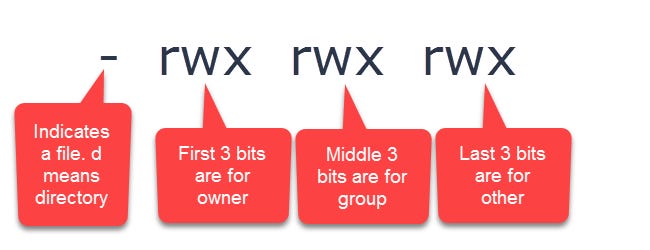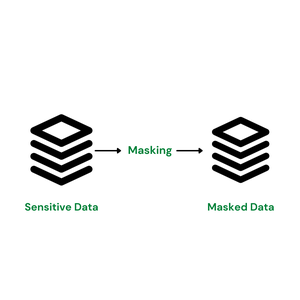Chmod 777 and Network Masking
Table of contents

Unix Systems like Linux have a file control mechanism that can be treated using a command known as change mode or typically can be called Chmod. This command allows us to change our file permissions but within that is the number 777 which is often vital for taking control of a file. Sometimes we often come across a situation where we try to upload a file or modify a document and receive the error where we do not have permission to upload a file to the folder. So what does it exactly mean? and why does it need to be 7? not 8 or 9?
There are generally two parts of the file control mechanism namely classes(who can access the file) and permissions(who can determine the kind of action the user can do). File permissions are maintained in Unix-like systems using a mix of three groups (or categories) of users and three types of permissions.
The three classes are:
User (u)
Group (g)
Others (o)
Permissions :
Read (r)
Write (w)
Execute (x)
The number 777 is the octal representation of the permissions rwxrwxrwx, which means full read (r), write (w), and execute (x) permissions are granted to the user, group, and others.

Typically, a three-digit octal value or a symbol is used to specify the mode parameter each with Octal Notation where the permissions for a user, group, and others are each represented by a three-digit number in the octal notation. Each digit consists of the permissions read, write, and execute combined.
All users will have complete read, write, and execute access to the file or directory when the permissions are set to 777. Because it permits anyone to execute any operation on the file or directory, including modification and deletion, this permission setting is frequently regarded as posing a security risk. This can raise serious security issues in a networked system.
But how network masking can be used in Chmod 777?
We all know mask means something that we are allowing or something that we are stopping.
Masking with Chmod is the practice of setting or changing the permissions of files and directories on computer networks by utilizing a particular bitwise mask. Using bitwise masking, you can directly alter the authorization bits by using a mask to regulate which bits are modified and which ones stay the same. In comparison to using the conventional symbolic or octal notations, it can be a more sophisticated and potent method of changing permissions.

Using Chmod 777 in computer networks should be done with extreme caution and is generally not recommended for most situations. Instead, it’s best to apply more restrictive permissions to maintain better security and control over who can access and modify files and directories.
For more informative posts, follow me on Twitter
Thank you for reading 🎉
